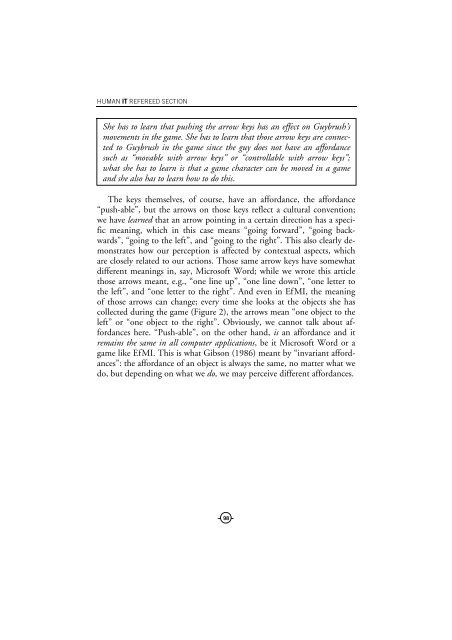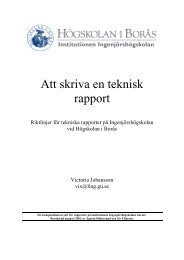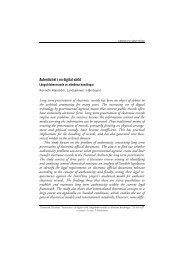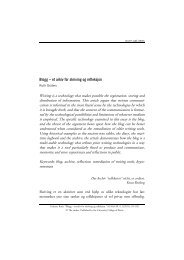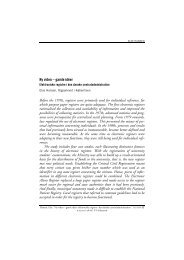The Challenge of Managing Affordances in Computer Game Play
The Challenge of Managing Affordances in Computer Game Play
The Challenge of Managing Affordances in Computer Game Play
Create successful ePaper yourself
Turn your PDF publications into a flip-book with our unique Google optimized e-Paper software.
HUMAN IT REFEREED SECTION<br />
She has to learn that push<strong>in</strong>g the arrow keys has an effect on Guybrush’s<br />
movements <strong>in</strong> the game. She has to learn that those arrow keys are connected<br />
to Guybrush <strong>in</strong> the game s<strong>in</strong>ce the guy does not have an affordance<br />
such as “movable with arrow keys” or “controllable with arrow keys”;<br />
what she has to learn is that a game character can be moved <strong>in</strong> a game<br />
and she also has to learn how to do this.<br />
<strong>The</strong> keys themselves, <strong>of</strong> course, have an affordance, the affordance<br />
“push-able”, but the arrows on those keys reflect a cultural convention;<br />
we have learned that an arrow po<strong>in</strong>t<strong>in</strong>g <strong>in</strong> a certa<strong>in</strong> direction has a specific<br />
mean<strong>in</strong>g, which <strong>in</strong> this case means “go<strong>in</strong>g forward”, “go<strong>in</strong>g backwards”,<br />
“go<strong>in</strong>g to the left”, and “go<strong>in</strong>g to the right”. This also clearly demonstrates<br />
how our perception is affected by contextual aspects, which<br />
are closely related to our actions. Those same arrow keys have somewhat<br />
different mean<strong>in</strong>gs <strong>in</strong>, say, Micros<strong>of</strong>t Word; while we wrote this article<br />
those arrows meant, e.g., “one l<strong>in</strong>e up”, “one l<strong>in</strong>e down”, “one letter to<br />
the left”, and “one letter to the right”. And even <strong>in</strong> EfMI, the mean<strong>in</strong>g<br />
<strong>of</strong> those arrows can change; every time she looks at the objects she has<br />
collected dur<strong>in</strong>g the game (Figure 2), the arrows mean “one object to the<br />
left” or “one object to the right”. Obviously, we cannot talk about affordances<br />
here. “Push-able”, on the other hand, is an affordance and it<br />
rema<strong>in</strong>s the same <strong>in</strong> all computer applications, be it Micros<strong>of</strong>t Word or a<br />
game like EfMI. This is what Gibson (1986) meant by “<strong>in</strong>variant affordances”:<br />
the affordance <strong>of</strong> an object is always the same, no matter what we<br />
do, but depend<strong>in</strong>g on what we do, we may perceive different affordances.<br />
98


